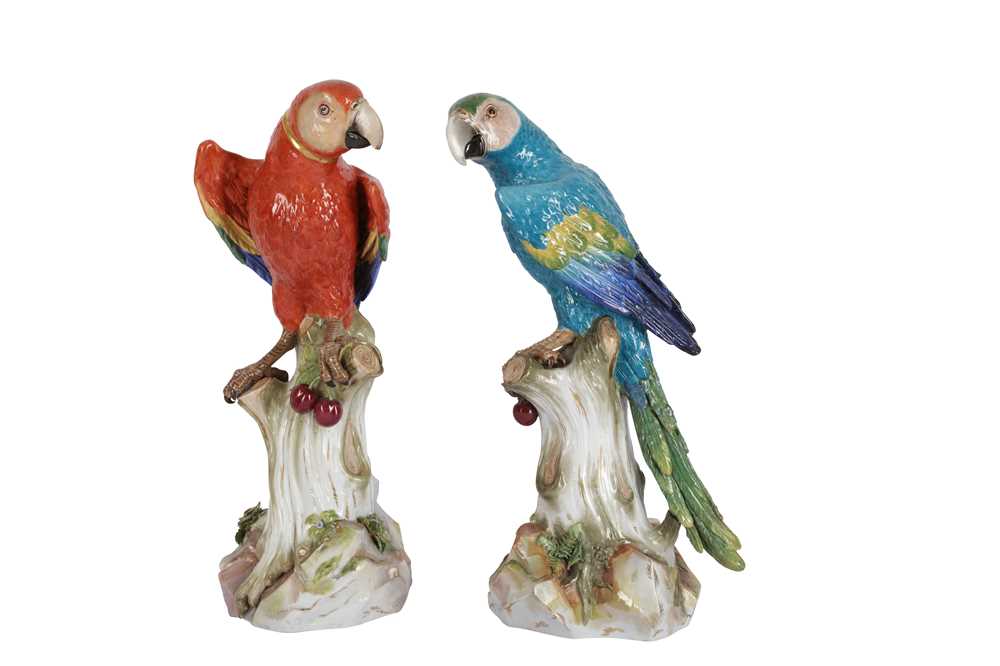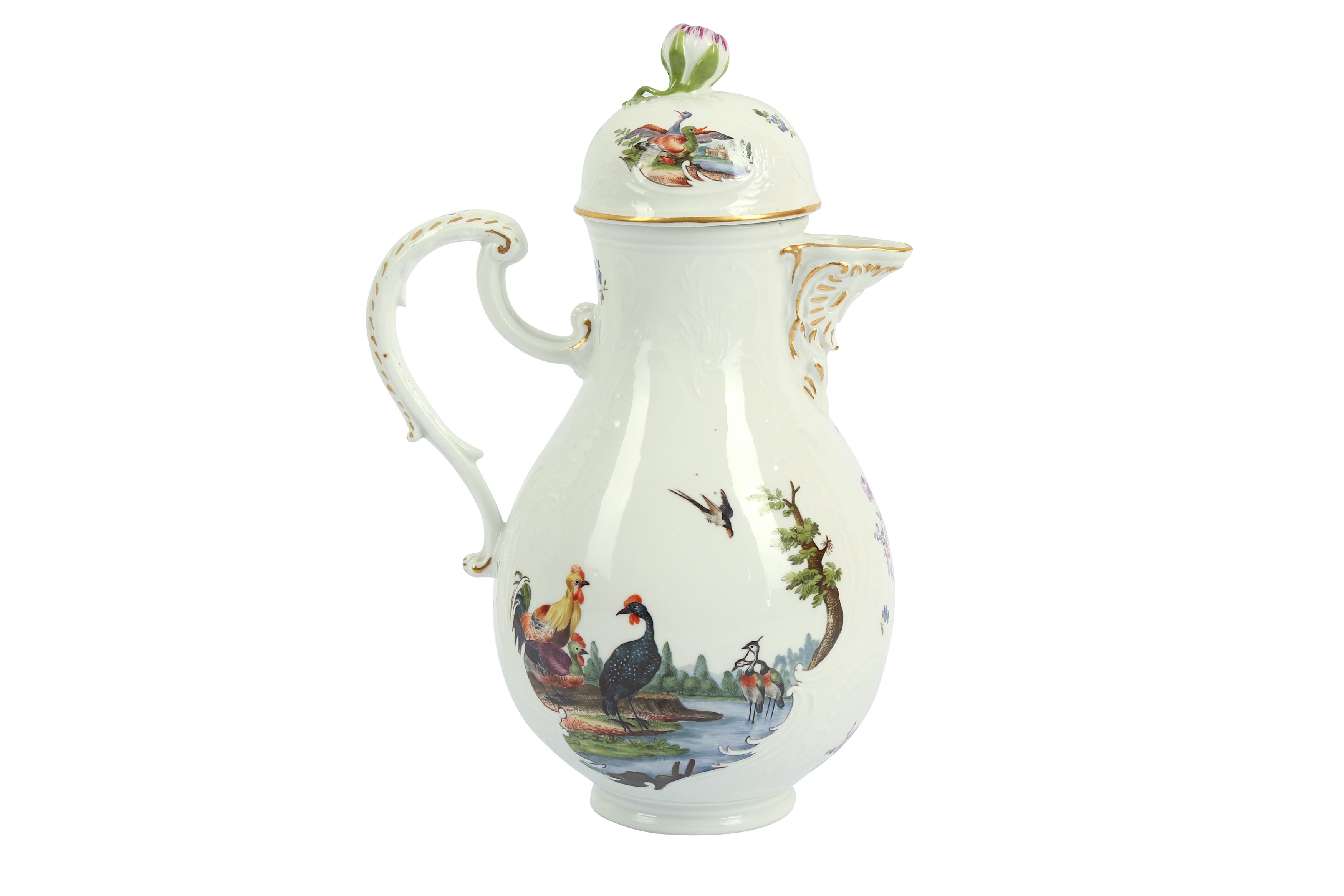How Augustus the Strong Sparked the Production of Meissen Porcelain
Meissen porcelain is to be treasured and admired
In the Elizabethan period, Chinese porcelains from the Wanli era (1573–1620) began arriving in England via the Lavant trading routes. These exquisite wares were seen as precious wonders and were often mounted in contemporary silver. One such example, a ewer from Burghley House built by William Cecil, is now housed in the Metropolitan Museum in New York, adorned in silver-gilt mounts.
The fascination with porcelain continued to grow in Europe, prompting scientists and artisans to seek a method to replicate this mysterious Chinese material. This pursuit led to one of the most significant breakthroughs in European ceramics.
The Alchemist Behind the Invention
In the early 18th century, Johann Friedrich Böttger, a young alchemist, was confined in Königstein Castle in Dresden. He was fleeing from King Frederick I of Prussia, who had tasked him with discovering the secret of turning base metals into gold. His bold claims soon attracted the attention of Augustus the Strong, Elector of Saxony and King of Poland.
Augustus, a devoted collector of Chinese and Japanese porcelain and patron of the arts, confined Böttger under his protection. As fortune would have it, Böttger was introduced to Ehrenfried Walter von Tschirnhaus, a chemist who had been experimenting with minerals and clays to discover the fabled Philosopher’s Stone. Instead of gold, their efforts led to something just as magical, the creation of hard-paste porcelain using kaolin, feldspar and quartz.
 The two parrots sold for £4,500, including Buyer's Premium
The two parrots sold for £4,500, including Buyer's Premium
The Birth of Meissen Porcelain
By 1710, porcelain was being produced in quantity at the newly established factory in Albrechtsburg Castle in Meissen, Saxony. Augustus quickly became a primary patron, commissioning some of the most ambitious porcelain sculptures ever attempted. Among these were lifelike animal figures, inspired by his own zoo, which were destined to decorate his planned Japanese Palace.
Augustus was also an enthusiastic supporter of the Commedia dell'Arte. Meissen artisans began crafting small porcelain figures of characters like Harlequin and Columbine, designed to replace the traditional sugar table decorations at court.

18th century Meissen coffee pot and cover
A Legacy that Continues Today
Meissen remains synonymous with fine porcelain. Its legacy is still felt at auction, with pieces ranging in age and value, yet always appreciated for their craftsmanship and charm.
In our September Interiors, Homes & Antiques sale, a pair of late 19th century Meissen porcelain parrots sold for £4,500 including Buyer’s Premium. These striking birds were inspired by the work of Johann Joachim Kändler, Meissen’s most celebrated sculptor, who began producing lifelike animal models in the 1730s after observing the Saxon Court's aviaries.
Other highlights from recent sales include:
A set of six Meissen plates from the 1860s, decorated in the style of Old Master paintings, which achieved £6,250 including Buyer’s Premium
An 18th century Meissen coffee pot and cover, moulded in relief and painted with wild birds, which sold for £500 including Buyer’s Premium
A late 19th century Meissen figure of Cupid sharpening an arrow, which achieved £225 including Buyer’s Premium
While certain Meissen items reach high prices, collectors will find a wide range of examples offered at accessible values in our regular sales — an opportunity that even Augustus the Strong would envy.
Interested in a complimentary valuation of your porcelain?
Get in touch with our Interiors, Homes & Antiques department or submit an Online Valuation to learn more about selling British or Continental porcelain at auction.